Food Navigator Special Edition: Food Preservation
FoodNavigator-USA provides daily information about issues of interest to the food industry. It’s useful. Here, it has a collection of articles on current thinking about how to preserve foods, a problem since antiquity and now even more so over concerns about food additives.
Special Edition: Food preservation
Consumers and retailers are becoming increasingly unwilling to accept products with a shelf life maintained by use of the synthetic preservatives – even if they are safe and legal. But what natural solutions are available to manufacturers, and are they up to the job? Meanwhile, will novel processing techniques ultimately render all preservatives, artificial or otherwise, redundant in certain products?
4 strategies for preservative-free food from Grain-Free JK Gourmet: Retailers and manufacturers that want to meet consumers’ growing demand for food free from preservatives need to rethink their strategies for packing, shipping and stocking products, suggest the husband and wife team behind Grain-Free JK Gourmet. .. Read
‘Artificial’ preservatives are falling out of favor, but what are the alternatives?: The percentage of new food and beverage launches (retail) making ‘no additives/preservatives’ claims rose from 12.46% in 2012 to 20.24% in 2015, according to Mintel*, while there has also been a marked rise in the number of companies pledging to ditch ‘artificial’ preservatives from established brands over the past couple of years… Read
Blue LEDs show promise as food preservation method: Blue light emitting diodes (LEDs) have strong antibacterial effects on foodborne pathogens, according to a study from the National University of Singapore (NUS)… Read
True Drinks teams up with Niagara Bottling to make AquaBall preservative-free: True Drinks Holdings has struck a deal with Niagara Bottling under which the latter will produce a preservative-free formulation of True Drinks’ flagship sugar- and calorie-free kids’ beverage AquaBall… Read
Kraft to remove artificial colors & preservatives from Original Mac & Cheese in 2016: Kraft has unveiled plans to remove artificial preservatives and synthetic colors from its iconic Original Kraft Macaroni & Cheese in the U.S. starting January 2016. Meanwhile, Kraft Dinner Original in Canada will be free from synthetic colors by the end of next year. .. Read
Americans believe ‘preservatives / chemicals’ are significantly more harmful than added sugar, saturated fat and sodium, says new poll: A poll* of more than 4,200 US consumers conducted in April 2015 by CivicScience shows Americans believe that ‘preservatives / chemicals’ are significantly more harmful to their heath than added sugar, saturated fat and sodium… Read
General Mills: Chobani’s ‘wilfully deceptive’ ads assert that safe & legal ingredients in rival products are toxic and unsafe: The legal firestorm prompted by Chobani’s provocative new ad campaign for its Simply 100 Greek yogurt range has intensified this week as General Mills has filed a lawsuit accusing Chobani of false advertising and unfair competition… Read
Fresh-baked cookie pioneer Otis Spunkmeyer will launch retail line in early 2016: Well-known fresh cookie-maker Otis Spunkmeyer is expanding its empire beyond food service and into the retail segment for the first time with the launch of a line of sweet baked goods that will hit store shelves nationwide in 2016. .. Read
Plant-based preservatives emerge as consumers hunt for clean-label meats: From celery to citrus to vinegar, consumers are glancing over nitrate-containing meat products and going for what they deem a more natural alternative… Read


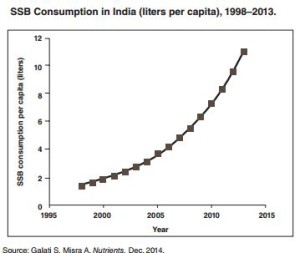
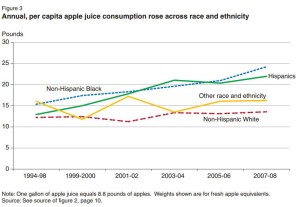
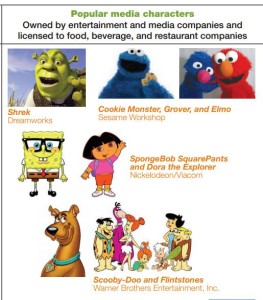
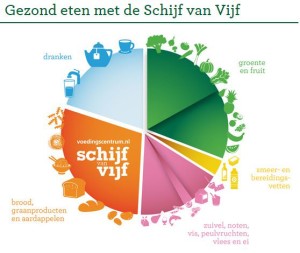
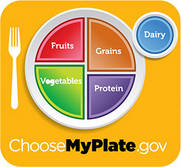

Americans these days don’t want artificial and unsustainably produced ingredients in the food they buy and eat. For the makers of highly processed foods – ultraprocessed in today’s terminology – there isn’t a lot that they can do to make the products appear fresh and natural.
But Campbell’s is certainly trying. A few months after announcing that it will phase out genetically modified organisms (GMOs), the iconic soup company said on Friday that it will remove Bisphenol-A (BPA) from its cans by next year.
BPA, you will recall, is a chemical typically used in polycarbonate plastic containers and in the epoxy linings of food cans. It’s also an endocrine disrupter, which means it can interfere with the work our hormones are doing. Some research finds BPA to have effects on childhood development and reproduction.
Although the FDA doesn’t believe evidence of potential harm is sufficient to ban BPA from the food supply, the agency discourages use of BPA-polycarbonate or epoxy resins in baby bottles, sippy cups or packaging for infant formulas. For the past year or so, other retailers have been working hard to phase out BPA and to reassure customers that their cans and packages are safe.
All of these companies sell highly processed foods in an era when the public is demanding – and voting with their dollars – for fresh, natural, organic, locally grown and sustainably produced ingredients.
They can’t provide those things, but they can tout the bad, or unpopular, things that aren’t part of their product, the “no’s”: no unnatural additives, no artificial colors or flavors, no high fructose corn syrup, no trans fat, no gluten and, yes, no GMOs or BPA.
Let me add something about companies labeling their products GMO-free. In my view, the food biotechnology industry created this market – and greatly promoted the market for organics, which do not allow GMOs – by refusing to label which of its products contain GMOs and getting the FDA to go along with that decision. Whether or not GMOs are harmful, transparency in food marketing is hugely important to increasing segments of the public. People don’t trust the food industry to act in the public interest; transparency increases trust.
Vermont voted last year to mandate GMO labeling in the state – the US Senate rejected a bill in mid-March attempting to undermine it – and food conglomerates such as Campbell’s, General Mills, ConAgra, Kellogg and Mars have committed to labeling their products as containing GMO.
In addition to removing BPA from packaging and GMO from products, at least 11 other companies have announced recently that say they are phasing out as many artificial additives as possible, as quickly as they can.
Taco Bell, for example, will get rid of Yellow Dye #6, high fructose corn syrup, palm oil and artificial preservatives, and replace them with “natural” ingredients. Huge food companies such as Kraft, Nestlé (no relation) and General Mills are heading in the same direction.
All this may well benefit consumers to an extent. It also makes perfect sense from a business perspective: the “no’s” sell. But what everyone needs to remember is that foods labeled “free from” still have calories and may well contain excessive salt and sugars. The healthiest diets contain vegetables and lots of other relatively unprocessed foods. No amount of subtraction from highly processed foods is going to change that.